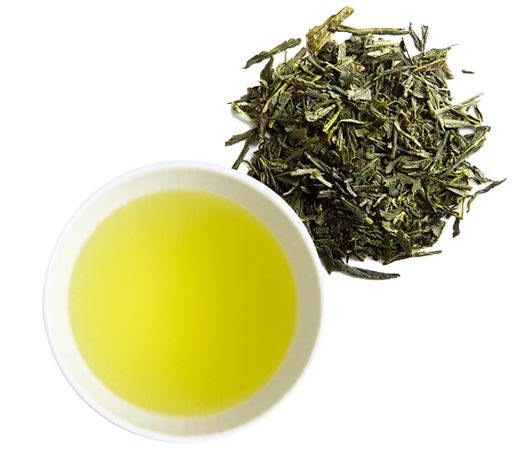Green teas
Green teas are unoxided teas. Their preparation therefore aims to avoid any hint of oxidation. The leaves go through three processes: roasting, rolling and firing.
Green teas are unoxided teas. Their preparation therefore aims to avoid any hint of oxidation. The leaves go through three processes: roasting, rolling and firing.


Roasting
The purpose of roasting is to kill those enzymes in the leaves that cause oxidation. In order to do this, the leaves are brutally heated to a temperature of above 100°C, either in large pans (the Chinese method) or by steam cooking (the Japanese way), for anything from 30 seconds to a few minutes. The leaves thus become soft and easily bendable for the rolling process.

Rolling
The leaves are then rolled or folded by hand or by machine depending on the origin et the grade of the tea. This stage will give them the appearance of small sticks, balls, coils or actual tea leaves as is the case, for example with Long Jing tea. The operation, which is different from every village in China from another, can be carried out either hot or cold, according to the fineness of the harvest. Young shoots are easily rolled cold since they have high water content, as opposed to more mature leaves which require immediate rolling after the roasting process, while they are still hot.

The firing process
The leaves are dried on racks called "tats" with hot air being circulated for two or three minutes. Then this process stops for half an hour leaving the leaves to rest, after which time the drying is repeated until the moisture content of the leaves is no more than 5 to 6%.